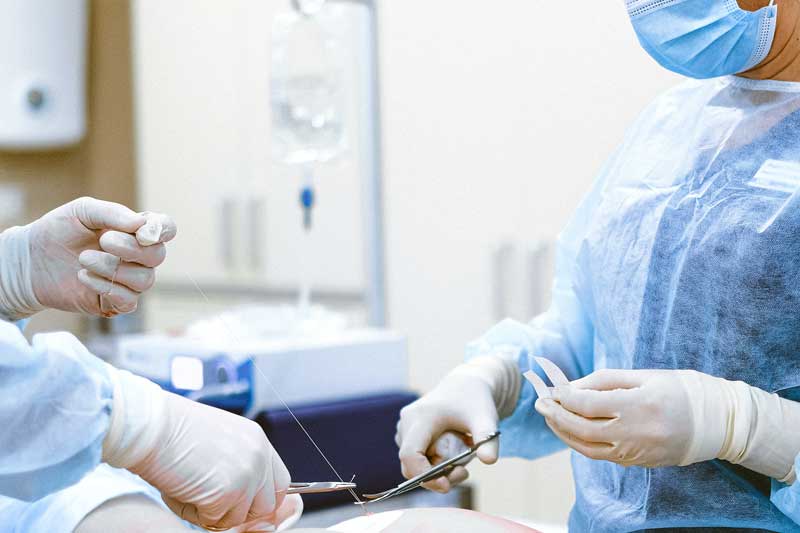Introduction
Sutures are used for joining tissues, bones, or organs together. They are used in surgery to hold together broken bones and other damaged tissue. Sutures are also used in diagnostic procedures in order to thread a needle through the skin or muscle. Sutures can be difficult to remove and may require professional help.
Types of Suture
Sutures are used for joining tissues, bones, or organs together. They are used in surgery to hold together broken bones and other damaged tissue. Sutures are also used in diagnostic procedures in order to thread a needle through the skin or muscle. Sutures can be difficult to remove and may require professional help.
There are two types of sutures: absorbable and non-absorbable. Absorbable sutures dissolve over time while non-absorbable sutures do not dissolve. There are also several different types of materials used as suture materials: monofilament, silk, nylon, polypropylene and polyester fibres are some of the most commonly used materials. The most common types of sutures are absorbable and non-absorbable. The length and diameter of the suture material can be important factors in determining your procedure. A longer suture may be necessary for deeper wounds, while a thinner one may be best for smaller cuts. The thickness of the suture material is also important to consider. Thicker sutures are stronger than thinner ones and may be better suited for certain types of surgeries. For example, if you have a deep wound that needs stitches, you may benefit from using thicker material. It’s also important to know that different types of sutures can be used in different situations. The type of suture you use will depend on the type of wound you’re treating. For example, surgeons often use absorbable sutures for small cuts and non-absorbable ones for deeper wounds.
Our healthcare professionals will assess your suture site to ensure it is safe to remove the sutures, assess signs of infection, and give you after-removal care instructions.
Make an appointment today…!
What are stitches?
FAQs Stitch / Suture Removal
What are stitches?
Stitches are surgical threads used to repair cuts on the skin and may be necessary if you have a large, open wound.
When should stitches be removed?
Stitches should be removed based on how fast the area is healing and how deep the wound is. The health care professional that placed the sutures usually gives you a time range. usually, stitches are removed as soon as possible after a wound heals.
Standards of care for suture removal in general:
Face: 3 to 5 days
Scalp: 7 days
Chest: 8 to 10 days
Arms and legs: 10 to 14 days
Back: 10 to 14 days
High tension (joints, hands and so on): 10 to 14 days
Can I remove my own sutures?
Although many people could manage suture removal it is best for a person to have a healthcare professional remove their stitches. A doctor or nurse can make sure that the wound has healed and that the stitches are ready to come out. They can also ensure the safe removal of the stitches to minimize the risk of infection.
How much will suture removal cost?
The cost of getting stitches removed can vary and depends on several factors, including:
Severity, size, and complexity of laceration, location of laceration. Typically, suture removal is $75-100.
Do you need a doctor’s order to remove stitches?
Usually, the health care professional that’s performed the sutures gives you some discharge instructions or orders of when to remove them. Please share any information that you have. Some important things to disclose are how your cut happened, when your cut happened, your current medications, the date of your last tetanus injection, and any allergies.
Make an appointment today!
Make an appointment today!


